Arguably the most important figure in astronomy, Nicolaus Copernicus was the guy who put forward the 'heliocentric' model - ie. the sun is at the center of the solar system, not the earth - and most of his stargazing and observations were done from a defensive tower in Frombork!
Nicolaus Copernicus was born Mikołaj Kopernik the youngest son of a copper trader in Toruń on February 19, 1473. His father died when he was just 10, and in 1488 the young Mikołaj was sent by his uncle, the canon at Frombork Cathedral Lucas Watzenrode, to the Cathedral school of Włocławek where he received a first-class humanist education. In 1488, Copernicus began his studies at Kraków University (at the time, Kraków was the capital of Poland), where he studied Latin, mathematics, astronomy, geography and philosophy, learning his astronomy from Johannes de Sacrobosco's 13th-century book, Tractatus de Sphaera.
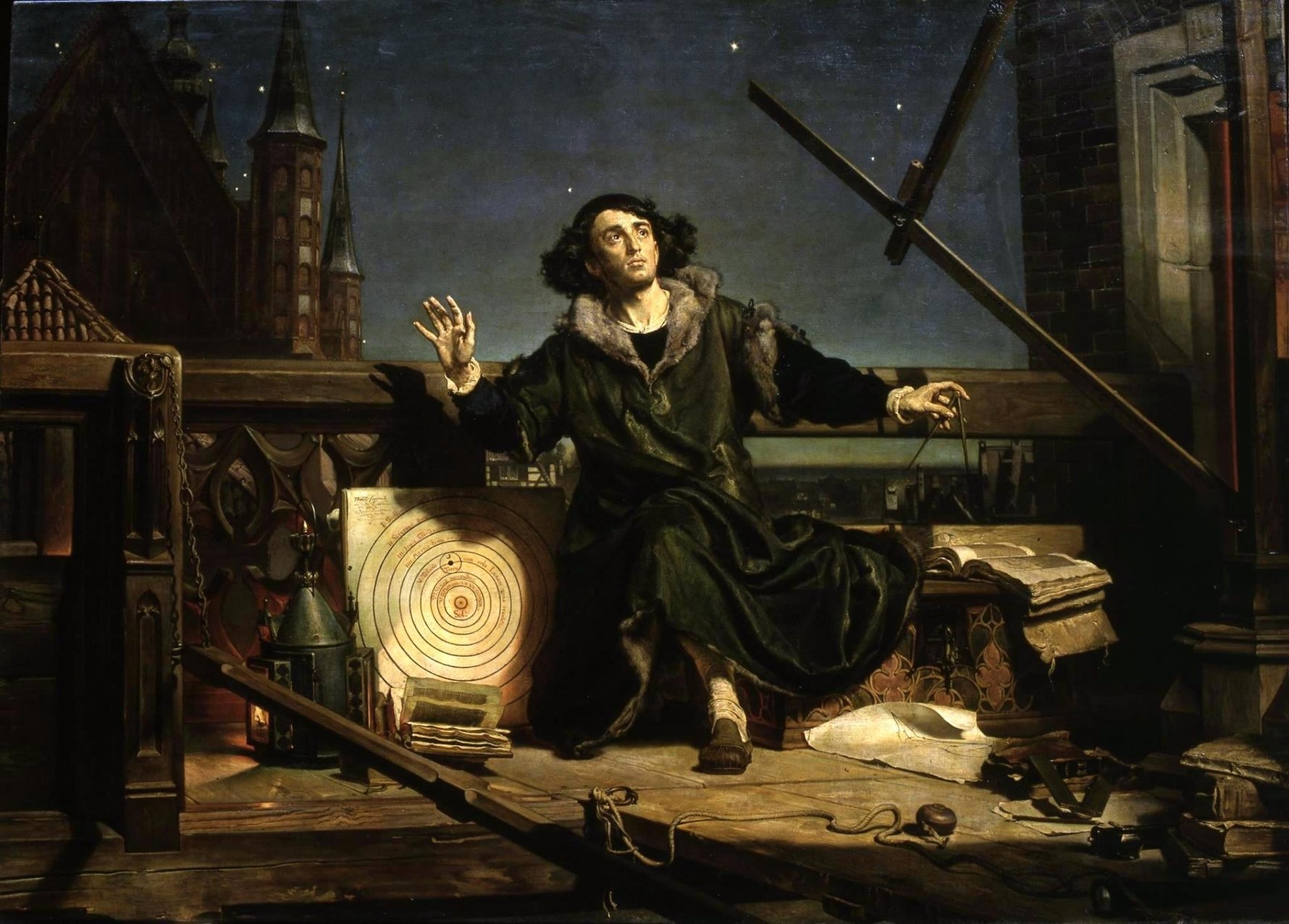
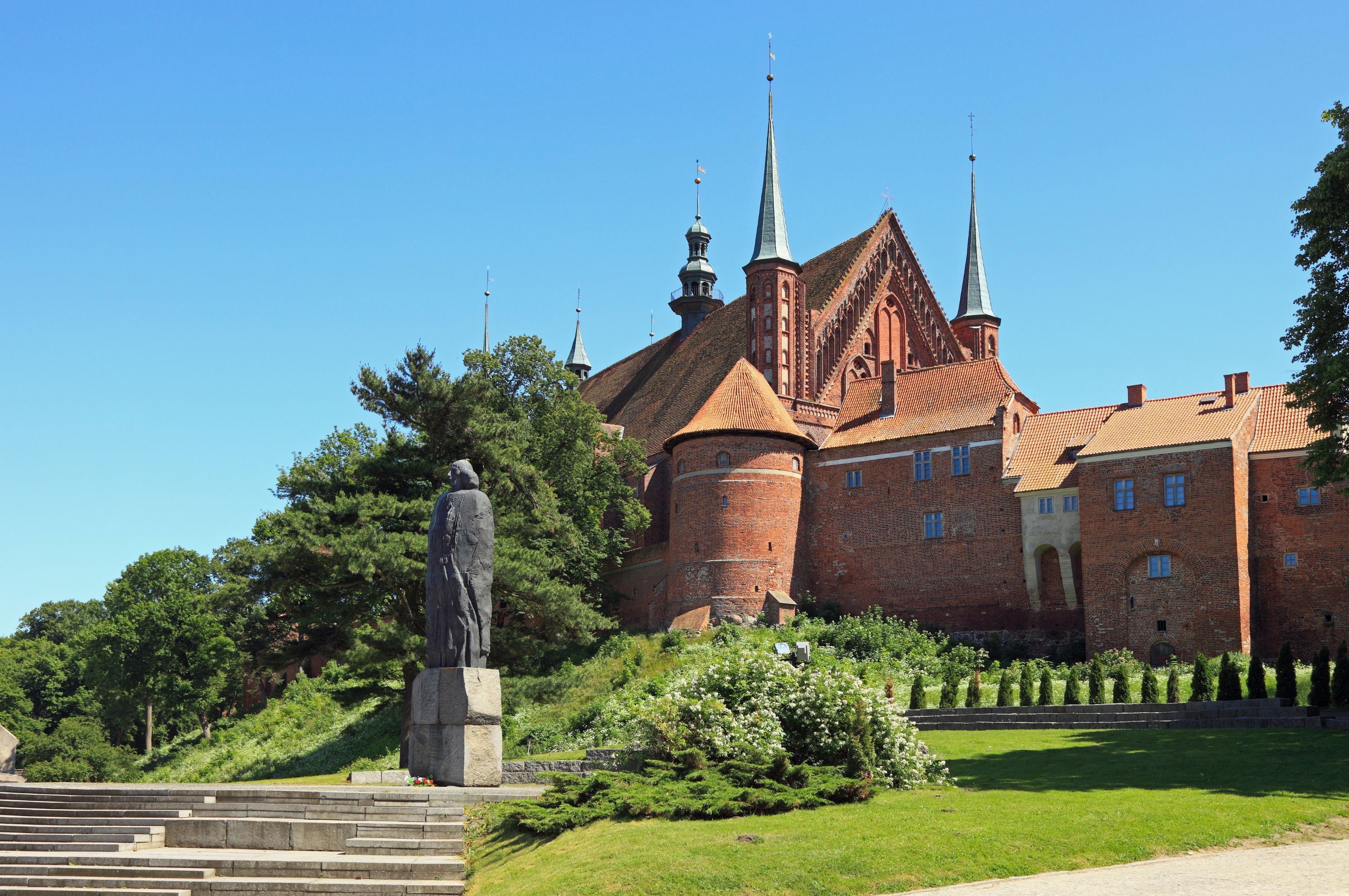
Assisting him with his observations, on March 9, 1497, Nicolaus Copernicus witnessed the Moon eclipse the star Aldebaran. After an obligatory year in Rome in 1500, Copernicus travelled to Frombork and was officially installed as canon of the Ermland Chapter on July 27, 1501. Having still not completed his studies in Canon Law, Copernicus was soon back in Italy, this time choosing to study law and medicine in Padua. He was granted permission to study the latter as his elders felt it would be a useful skill to possess when he returned to Frombork. However, Copernicus had another motive for returning to Italy, that being to continue his studies of astronomy. The rather fickle Nicolaus finally decided to complete his Canon Law studies, which he completed in Ferrara in 1503. There is no record that he ever finished his medical studies.
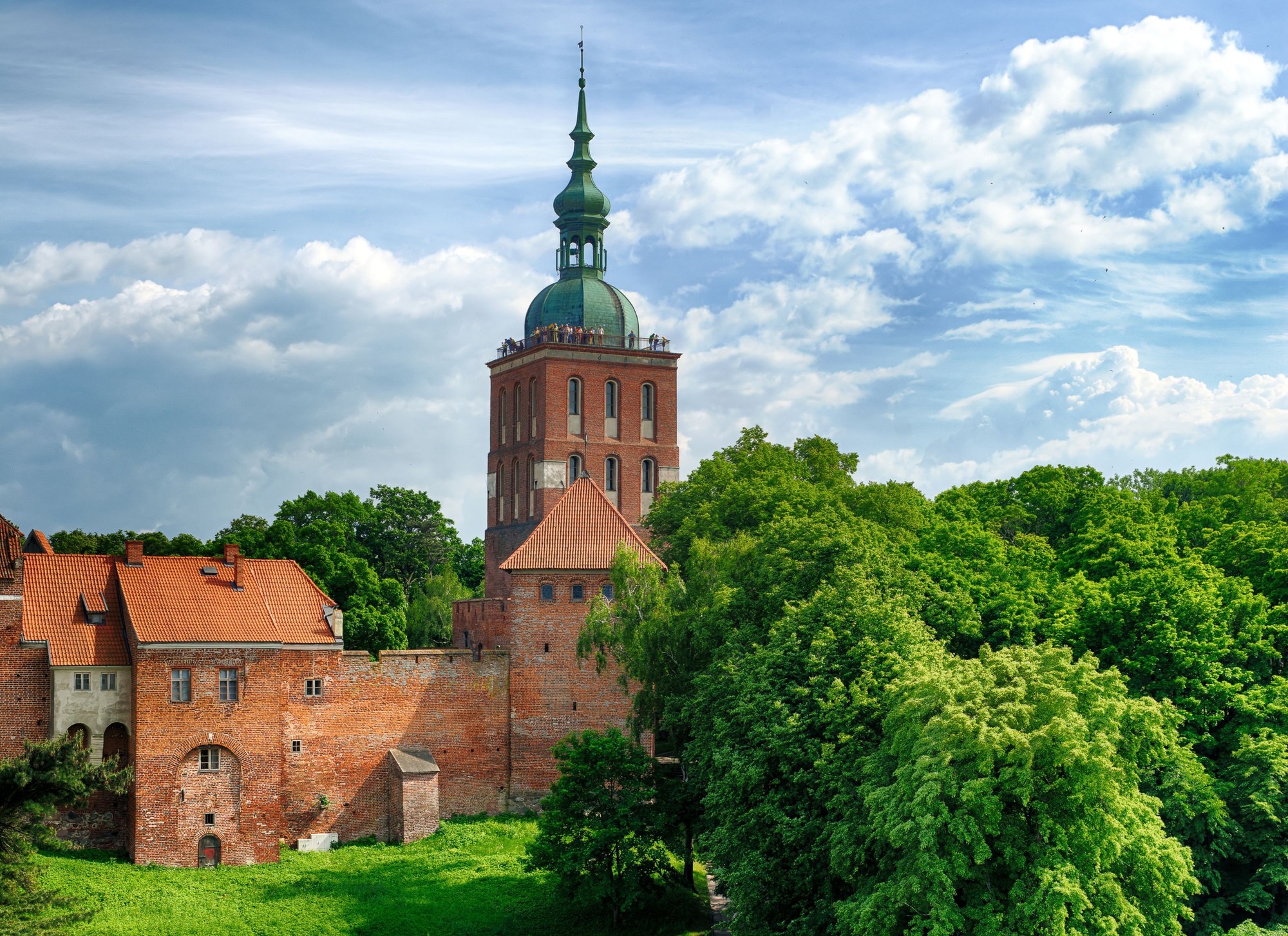
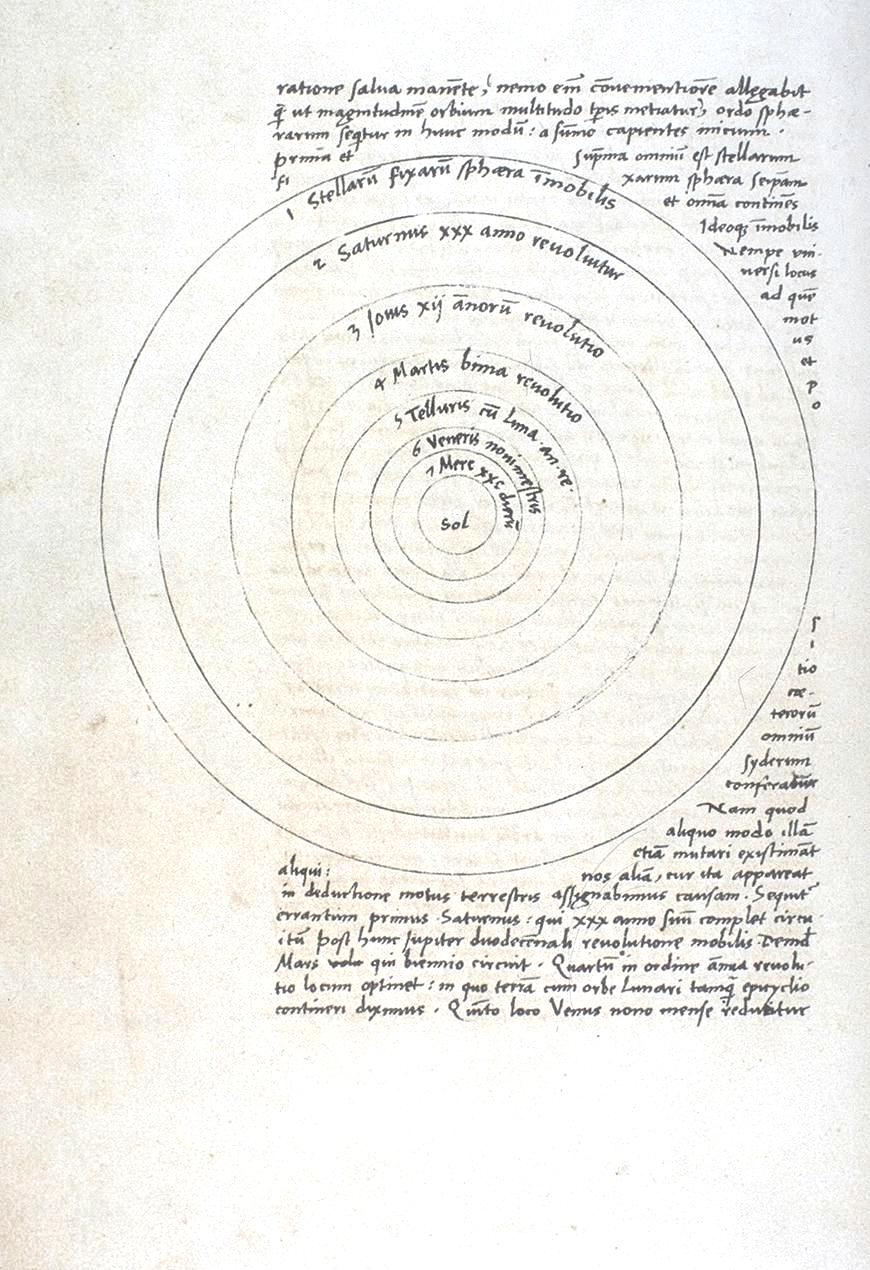
that would become his defining work, De Revolutionibus Orbium Coelestium
With a war broke out between Poland and the Teutonic Knights in 1519 Copernicus' now peaceful life was once again disrupted, and he found himself constantly on the move and unable to dedicate himself fully to his work. During this period more strings to his bow were added, with Copernicus playing the (unsuccessful) role of delegate in the peace talks that tried but failed to end hostilities. When peace did eventually arrive Copernicus was appointed Commissar of Ermland and given the task of rebuilding the district after the war. Finally returning to Frombork Copernicus was again free to work on his observations and to perfect the ideas around his heliocentric theory. De Revolutionibus Orbium Coelestium was eventually published in Nuremberg at the very end of Copernicus’ life in March 1543, almost 30 years after he started writing it. Although many before him had hinted at the unthinkable, that the Earth wasn't the centre of the Universe as the Church believed, it was Nicolaus Copernicus who first stated it so publicly.
Nicolaus Copernicus outlived the publication of his masterwork by just two months. His final resting place was never recorded. Shortly after WWII workmen in Frombork Cathedral discovered human remains hidden under the floor. Originally believed to be the remains of Copernicus, the bones turned out to be those of soldiers from the 20th century. However, during further work in the building in 2004-5, scientists discovered a skull and other bones of a male of about 70 years old, the same age as Copernicus when he passed away.
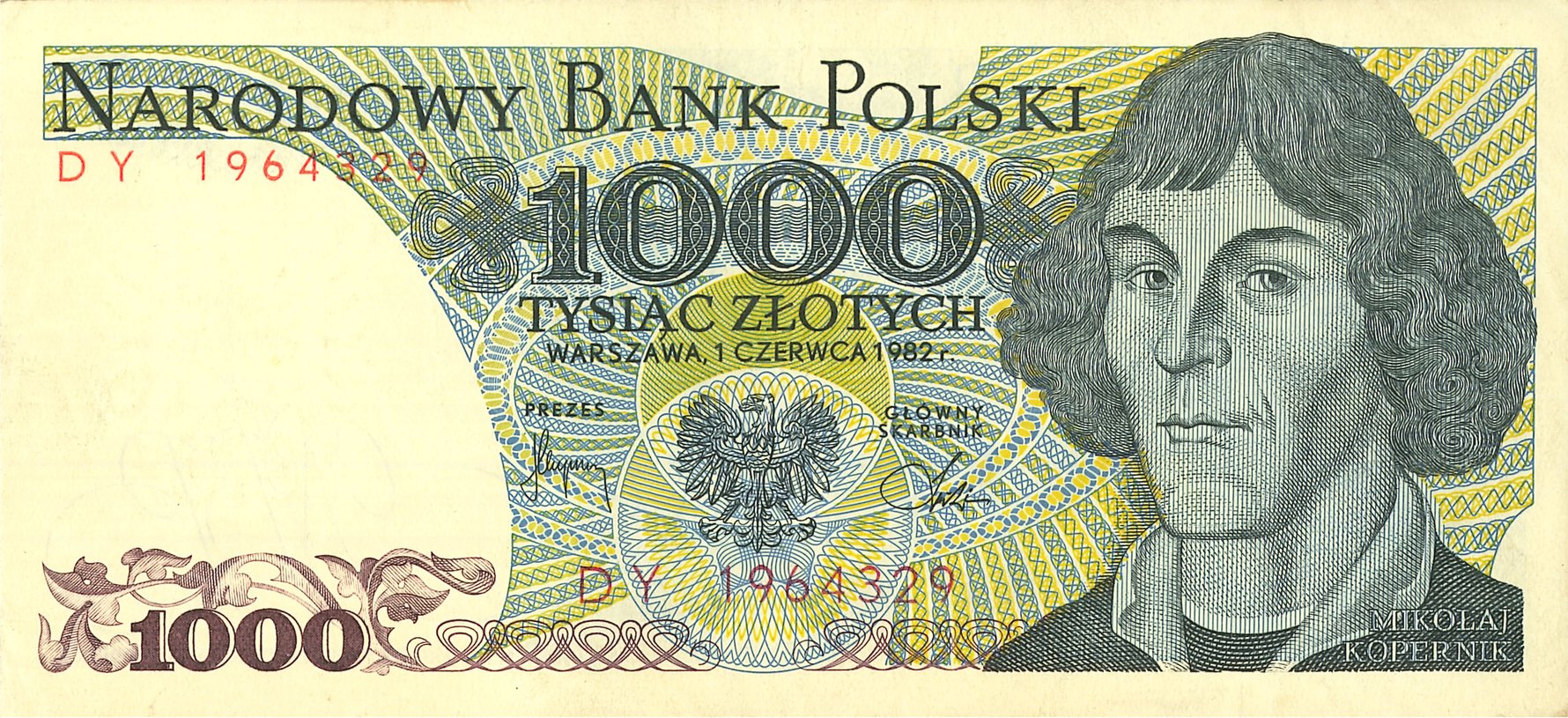
Subsequent forensic facial reconstruction of the skull revealed a startling similarity with portraits of the great man, an event that led to a subsequent series of DNA tests. In November 2008, Polish scientists matched the DNA of a tooth and femur bone from the remains with several strands of hair found inside a book in Sweden's Uppsala University that once belonged to Copernicus and confirmed these were, in fact, Copernicus’ remains.
On February 19, 2010, on the 537th anniversary of his birth, chemical element #112 was named Copernicium and on May 22, 2010 Copernicus was reburied with a full funeral ceremony in the Cathedral in Frombork. A tomb marks the spot where he is buried – the same spot where his remains were originally discovered.


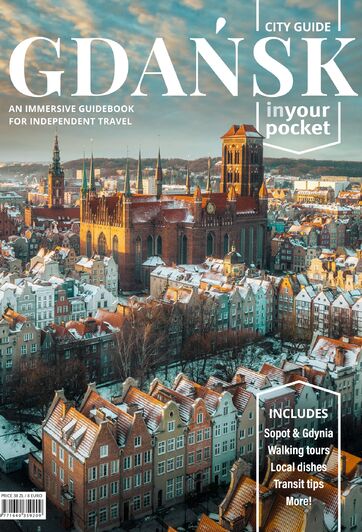
Comments